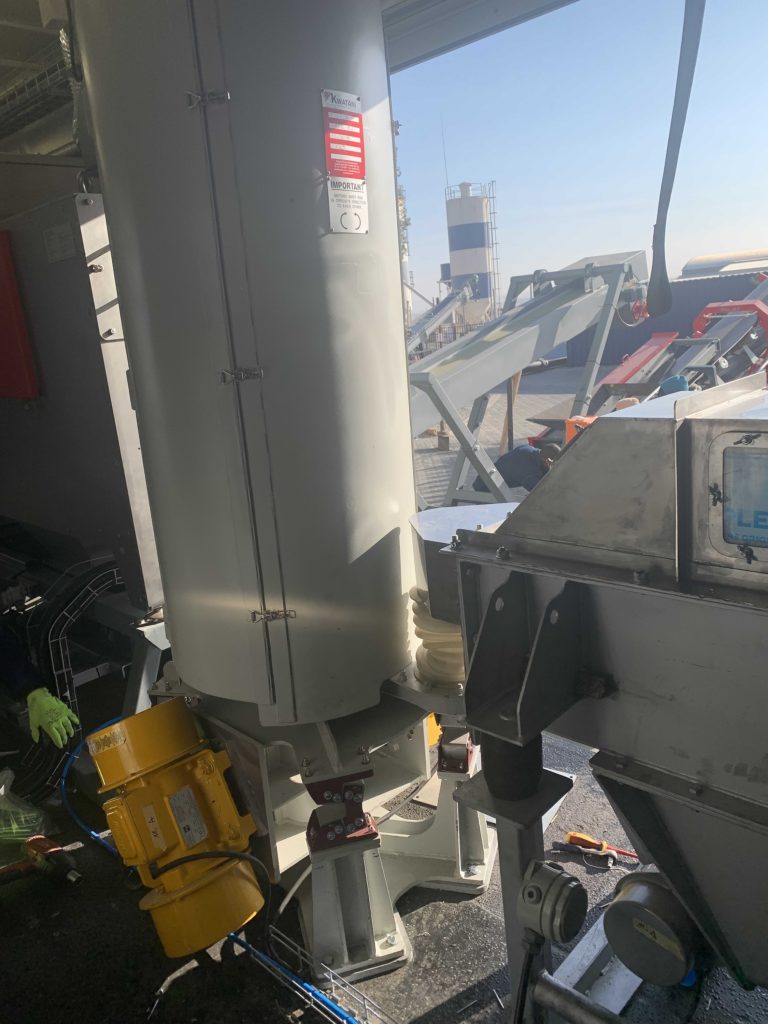Demonstrating its depth of local engineering expertise and technical capability, local vibrating screen specialist Kwatani has designed and fabricated a specialised spiral elevator for a mobile containerised sorting plant for a diamond mine in Australia. Although not the first spiral elevator be produced by the company, this particular one was the first of its particular design to be engineered from scratch and manufactured by Kwatani.
Better known for its large, robust vibrating screens and feeders, the Kwatani 450 kg custom spiral elevator was an interesting contrast for the engineering team – but the results reflected the company’s usual standards of excellence. Within a timeline of just 10 weeks, the project combined first principles of physics with Kwatani’s decades of experience in custom design and manufacture.
“The client had very specific functional and dimensional requirements for this design, with the available space for installation being very constrained,” said Kwatani senior mechanical engineer Gideon de Villiers, who led the team in developing the two metre high spiral elevator. “We were also pleased to be able to meet the client’s throughput needs first time around with this specific design and build.”
The unit will convey up to 3.5 t/h of diamondiferous ore between sorters in a mobile containerised sorting plant, which is destined for a diamond mine in Australia. The material to be moved up the spiral elevator ranges in size from 5 mm to 30 mm.
De Villiers highlights that Kwatani already has an established reputation with the sorter OEM, creating the necessary trust in Kwatani’s custom-engineering capability. “Our extensive knowledge on feeders and vibration dynamics placed us well to successfully tackle this innovation,” he says. “We started with the basic engineering calculations to clarify what dynamic movement we required, working through factors like planned tonnages, isolation of dynamic forces, friction value of ore, and motor orientation and direction.”
Designs were simulated using specialised software before Kwatani’s skilled team of artisan welders tackled the task of construction and platework. This included finite element analysis to identify areas of potential ‘hot spot’ stresses.
Working with relatively light plates of 3 mm to 4.5 mm thickness, the elevator comprises S355 structural steel to cater for dynamic vibrations. The footprint was kept to around 700 mm, with two unbalanced motors at the base.
“Due to the high value of the diamonds in the material, the structure also had to include static covers welded to the body, as well as maintenance doors with anti-tamper seals,” he says.
Once fabrication was completed, the team embarked on a thorough testing programme lasting two weeks, conducted in Kwatani’s dedicated test laboratory. This allowed for the adjustment of various parameters, requiring close collaboration between the design and fabrication teams.











